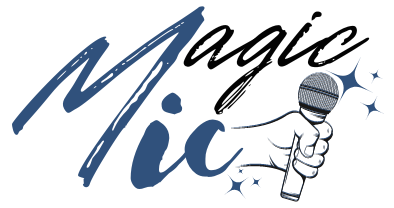Time codes play a crucial role in the world of audio and video production. They help identify precise points in time in a recording and are essential for synchronizing and editing media content. In this article, you'll learn what time codes are, how they work, and why they're so important.
What are time codes?
A time code is a system that specifies precise time information in an audio or video material. This time information is represented in hours, minutes, seconds and frames. A typical time code format looks like this: HH:MM:SS
Where "HH" stands for hours, "MM" for minutes, "SS" for seconds and "FF" for frames.How do time codes work?
Time codes are added during the recording or editing of a video or audio signal. They run in sync with the recording and allow you to pinpoint every single second and every frame of a recording. There are several types of time codes, including:
Longitudinal Time Code (LTC)
LTC is often recorded on a separate tape or audio channel . It is audible as a series of beeping tones that can be read by special devices and converted into time information.
Vertical Interval Time Code (VITC)
VITC is integrated directly into the video signal and written into the vertical blanking area of the video. This time code is inaudible and can be read during playback of video signals.
What do you need time codes for?
Time codes have numerous applications in audio and video production:
1. Synchronization
Time codes are essential for synchronizing audio and video. When shooting with multiple cameras or recording audio and video on separate devices, time codes enable precise synchronization of the various media sources.
2. Processing
In post-production, time codes help editors find precise edit points . They allow them to quickly identify and edit specific points in the footage without having to go through the entire footage.
3. Subtitling
When creating subtitles or closed captions, time codes are used to specify the exact time at which subtitles should appear and disappear. This ensures precise synchronization between audio and text.
4. Archiving and cataloging
Time codes make it easier to archive and catalog media files. They allow you to quickly find and reference specific scenes or clips, which is especially useful in large production environments.
5. Live broadcasts
In live broadcasts, such as sporting events or news programs, time codes help coordinate the timing of the various elements. They allow precise control of the broadcast and ensure that everything runs smoothly.
Conclusion
Time codes are an indispensable tool in audio and video production. They provide an accurate time reference necessary for dubbing, editing, subtitling, archiving and live broadcasting. By understanding and using time codes , you can make your media production more efficient and professional. Whether you are a beginner or an experienced content creator, knowing about time codes will help you better organize your projects and achieve high-quality results.

